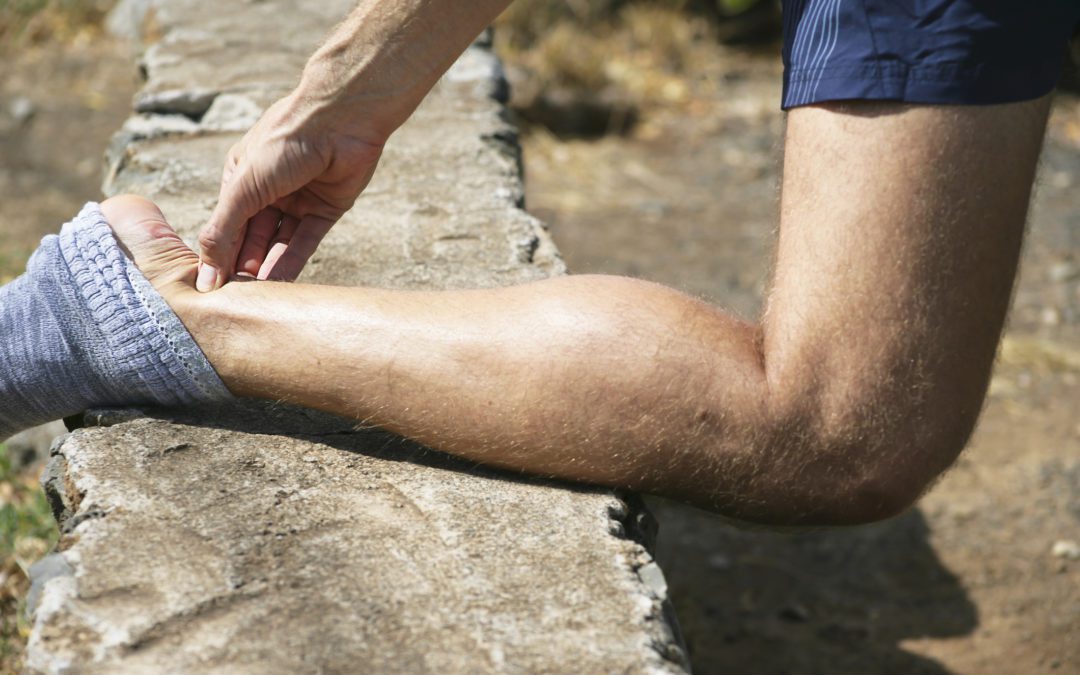Strong and healthy calves and legs allow a person to engage in a wide range of activities, from walking and running to pivoting, bicycling and so much more. Nothing brings all these activities to an abrupt halt as much as an injury to the Achilles tendon. In this article, we’ll discuss the anatomy of this critical tendon and outline some key points relating to an injury in this area. Most importantly, we’ll outline the treatment options available when an injury occurs to this much-used segment of the human body.
Achilles tendon anatomy
The Achilles tendon is a band of tissue comprised of exceptionally tough, fibrous tissue. Its primary role is to connect various muscles of the calf to the bony portion of the heel. The Achilles tendon plays a critical role in many of the things people do, from simple activities such as walking to much more strenuous athletic activities such as basketball and soccer.
Common Achilles tendon injuries
Since the Achilles tendon plays such a vital role in both routine and strenuous activities, it’s not uncommon for the tendon to be vulnerable to overuse. Injuries can range from small tears in the fibers that make up the Achilles tendon to a complete or partial rupture of the tendon.
Depending upon the severity of a person’s injury, symptoms can include pain and swelling that increases with activity to a popping sound as the tendon separates from the heel followed by sharp and sudden pain. These latter symptoms are typically associated with a partial or complete rupture of the Achilles tendon.
Common causes of injury
Common causes of an Achilles tendon injury include:
- A sudden increase in activity levels.
- Exercising on uneven surfaces.
- Wearing shoes that offer little to no support.
- Not stretching out calf muscles before exercise.
- The development of bone spurs on the heel.
Treatment options
Treatment options for an Achilles tendon injury will vary depending upon the severity of the injury. For simple cases of tendonitis, a physician may recommend using the RICE treatment. RICE stands for rest, ice, compression and elevation of the injured area. This means resting the calf, applying ice, compressing the injured area with a wrap to give it support and keeping the calf elevated to reduce swelling.
More serious cases may require a series of physical therapy treatments designed to reduce pain levels while gradually building strength in the muscles throughout the affected calf, foot and upper leg. During this time, some people may need to employ the use of orthotics such as a walking boot, heel lifts or a cast or splint for support.
In even more severe cases, surgery may be required to remove bone spurs and/or damaged tendon tissue. Other types of surgery may be required, such as surgery to lengthen the calf muscle or move another tendon to the heel bone to provide additional strength.
An orthopedic specialist you can trust
If you or a loved one have suffered from an Achilles tendon Missouri Orthopedics & Advanced Sports Medicine is here to help! Our goal is to get you back to enjoying your life pain-free. Contact us today to schedule a consultation!

